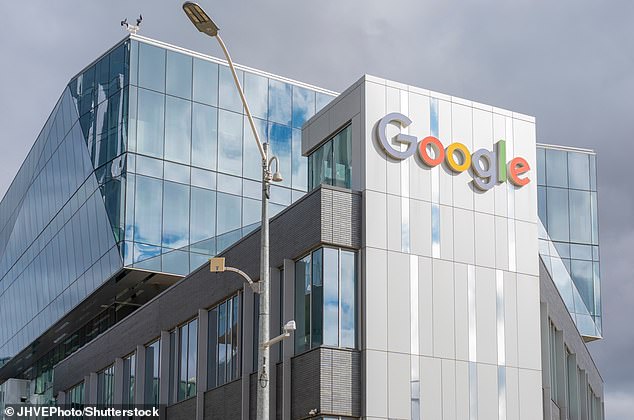With its Gemini chatbot and Pixel AI phone software, it’s fair to say that Google has an obsessive focus on artificial intelligence.
But all that advanced computing power requires millions of computers, known as “servers,” housed inside data centers around the world that run 24/7.
Now, in a bid to meet its massive AI needs, Google is going nuclear.
The technology giant has signed an agreement with the California-based nuclear company Kairos Power to build new nuclear reactors to supply power to its data centers in the United States.
Although the location of these reactors has not yet been revealed, Google said the first will be operational in 2030, with more to follow in 2035.
Google is turning to nuclear reactors to meet the energy demands of its artificial intelligence technology, such as its Gemini chatbot and Pixel AI phone software.
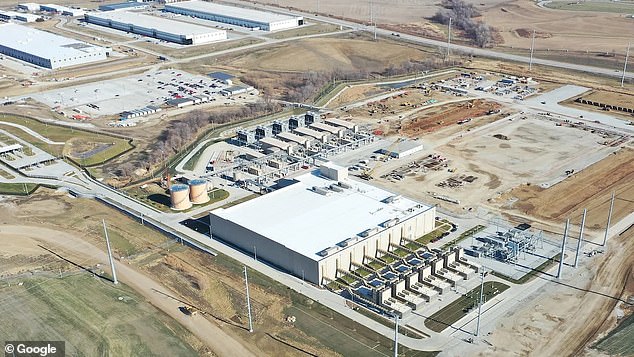
Google operates about 20 data centers in North America and more globally. Pictured is Google’s data center in Henderson, Nevada.
in a blog postMichael Terrell, Google’s senior external director of energy and climate, said the deal “will accelerate the transition to clean energy across the United States.”
However, the companies did not disclose financial details of the deal or where in the US the plants would be built.
“Nuclear solutions offer a 24-hour clean energy source that can help us reliably meet electricity demand with carbon-free energy every hour of every day,” Terrell said.
“Advancing these energy sources in close collaboration with caring local communities will rapidly drive the decarbonization of power grids around the world.”
Google’s data centers are designed to cope with the enormous power, storage and cooling requirements of its artificial intelligence technology, such as its Gemini chatbot and Pixel AI phone software, as well as cloud storage.
But AI, which uses a lot of computing power and, in turn, electricity 24/7, is especially boosting the company’s energy use and making emissions reductions. be “a challenge,” the company said.
Google operates about 20 data centers in North America and more globally, and has recognized the need to “purchase clean energy to meet our electrical needs.”
In 2020, the tech giant set a goal to run on carbon-free energy 24/7 across all networks where it operates by 2030.
To do this, the company turns to Kairos Power, which uses a form of energy called nuclear fission, like other existing nuclear power plants.
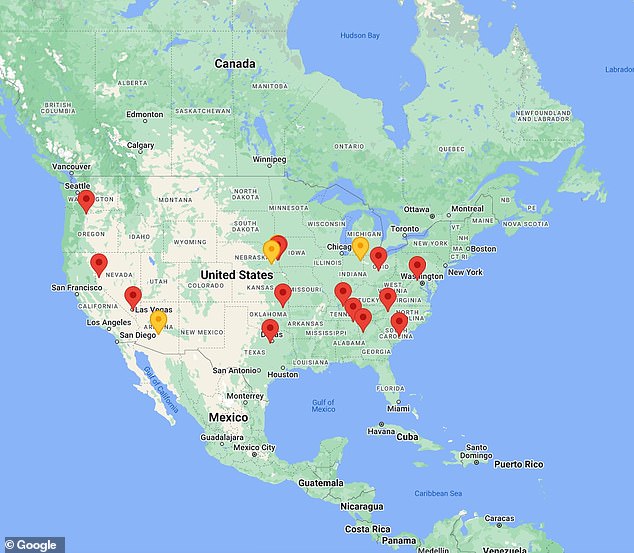
This map shows the location of Google’s data centers in the US. Those marked in yellow are under development.
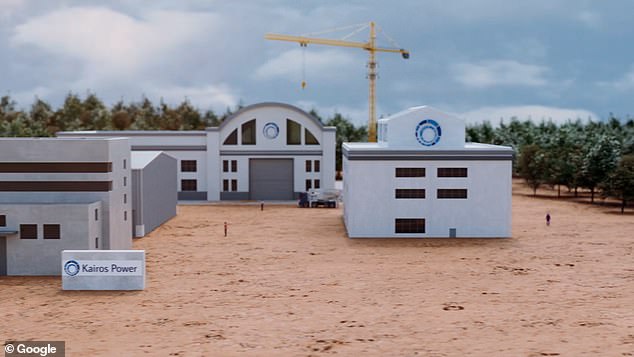
Kairos Power, founded in 2016, is building so-called ‘small modular reactors’ (SMRs), which are designed to be built in a factory and then shipped to sites for installation.
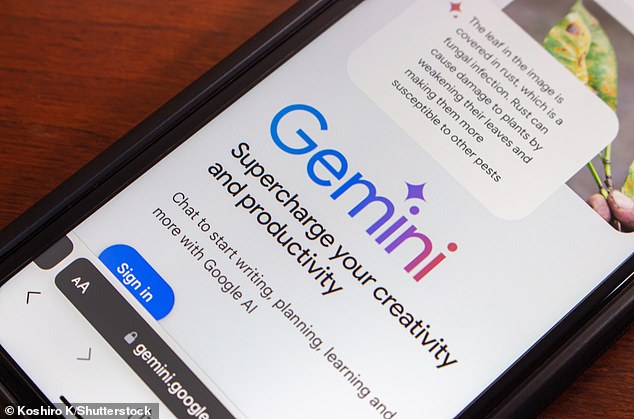
Google is pushing AI into its smartphones and search tools, including Gemini, its version of OpenAI’s ChatGPT.
During nuclear fission, a neutron collides with a uranium atom and splits it, releasing a large amount of energy in the form of heat and radiation.
In nuclear power plants, the heat caused by fission is used to boil water into steam, which is then used to spin a turbine that drives generators to produce electricity.
Nuclear power plants do not produce greenhouse gas emissions during their operation, although their inclusion as a climate-friendly “renewable” energy source is debated.
Nuclear energy itself is a renewable energy source, but the material used in fission reactions (uranium) is not renewable.
Kairos Power, founded in 2016, is building so-called “small modular reactors” (SMR), which are designed to be built in a factory and then shipped to sites for installation.
Kairos Power says its SMRs will use a molten fluoride salt as a coolant instead of water due to its “excellent ability to transfer heat at high temperatures.”
However, critics believe that SMRs will be excessively expensive because they may not be able to achieve the economies of scale of larger plants.
In addition, they are likely to produce long-lived nuclear waste (mainly spent uranium fuel) for which the country does not yet have a final repository.
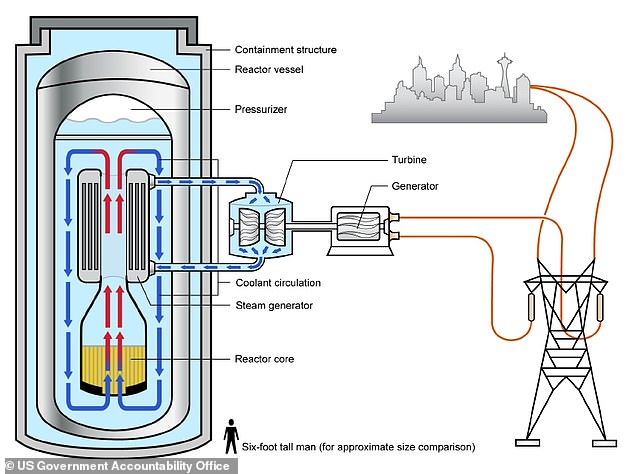
Illustration of a small modular nuclear reactor (SMR). Kairos Power will use a molten fluoride salt as a coolant because of its “excellent ability to transfer heat at high temperatures.”
Google said it will support the construction of seven Kairos Power SMRs that will supply power to its data centers, although the deal will depend on Kairos obtaining all permits from the US Nuclear Regulatory Commission (NRC) and local agencies.
“The NRC stands ready to efficiently and appropriately review applications for new reactors,” said NRC spokesman Scott Burnell.
Late last year, Kairos Power obtained a construction permit from the NRC to build a demonstration reactor in Tennessee, but needs new design and construction permits from the NRC for Google’s upcoming reactors.
Technology companies have signed several recent deals with nuclear energy companies this year as AI increases energy demand.
In March, Amazon purchased a nuclear-powered data center in Pennsylvania from Talen Energy for $650 million.
Last month, Microsoft and Constellation Energy signed an agreement to resurrect a unit at the Three Mile Island plant in Pennsylvania, the site of America’s worst nuclear accident in 1979.
U.S. data center energy use is expected to roughly triple between 2023 and 2030 and will require about 47 gigawatts of new generating capacity, according to Goldman Sachs.


